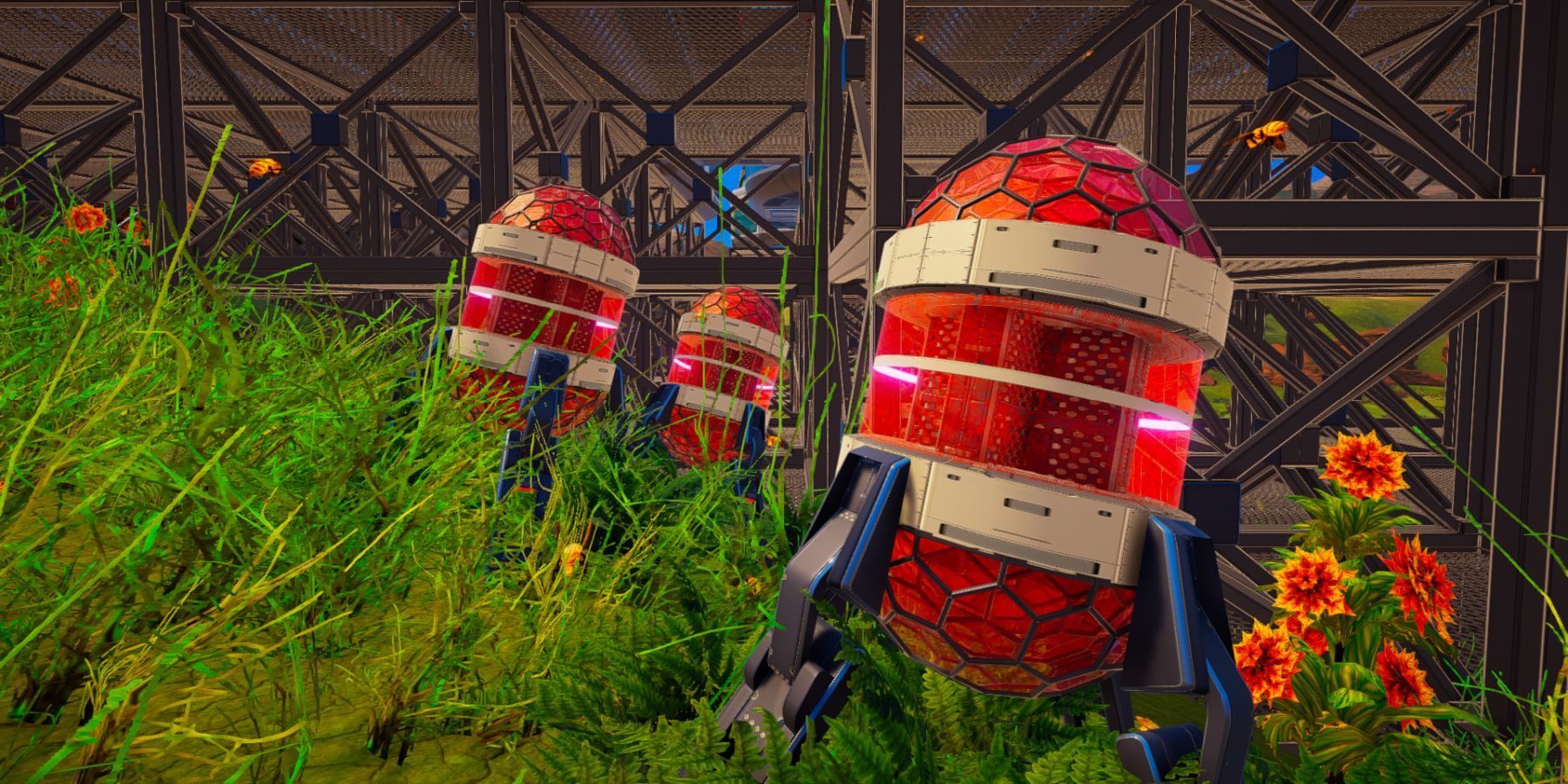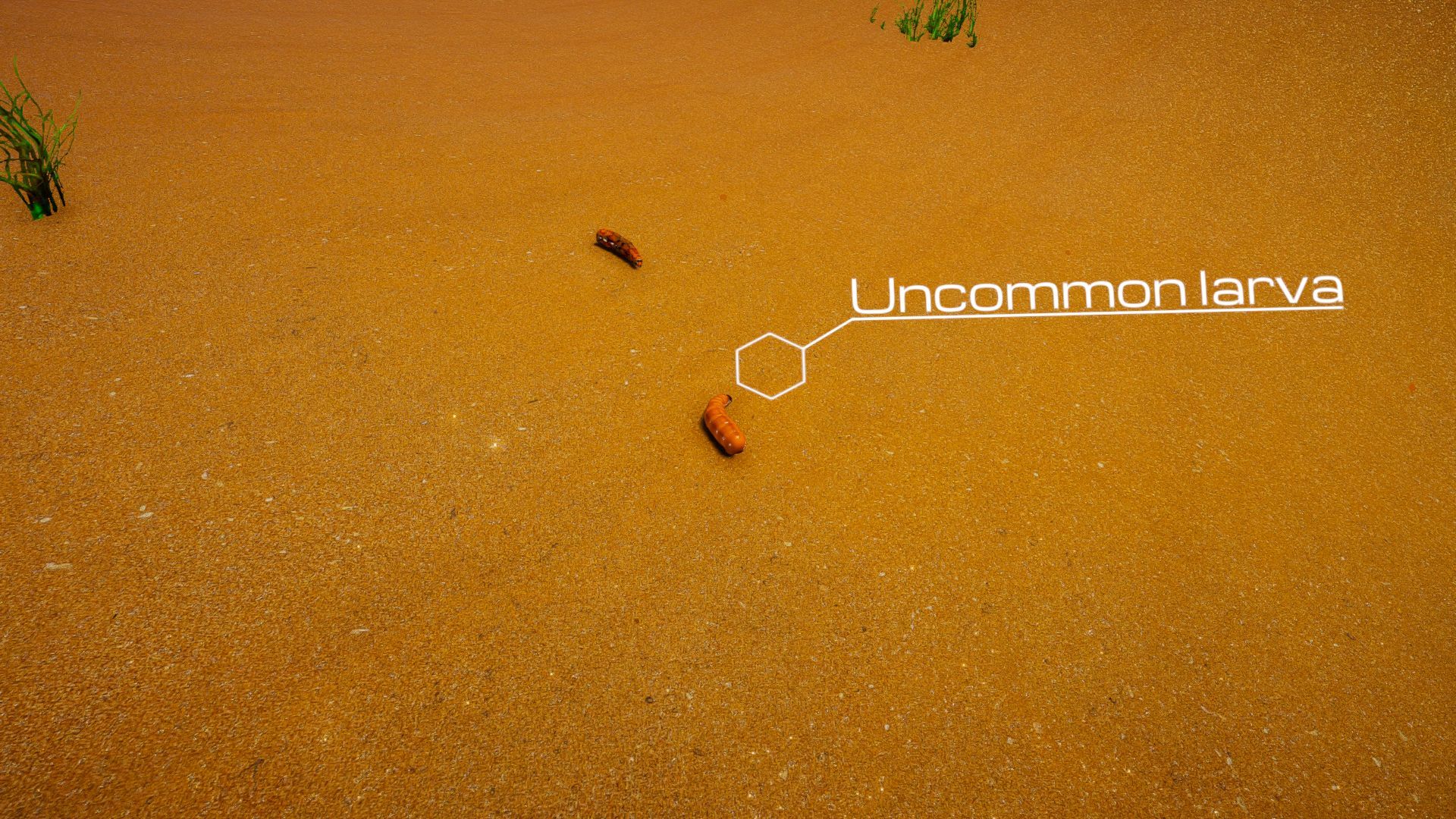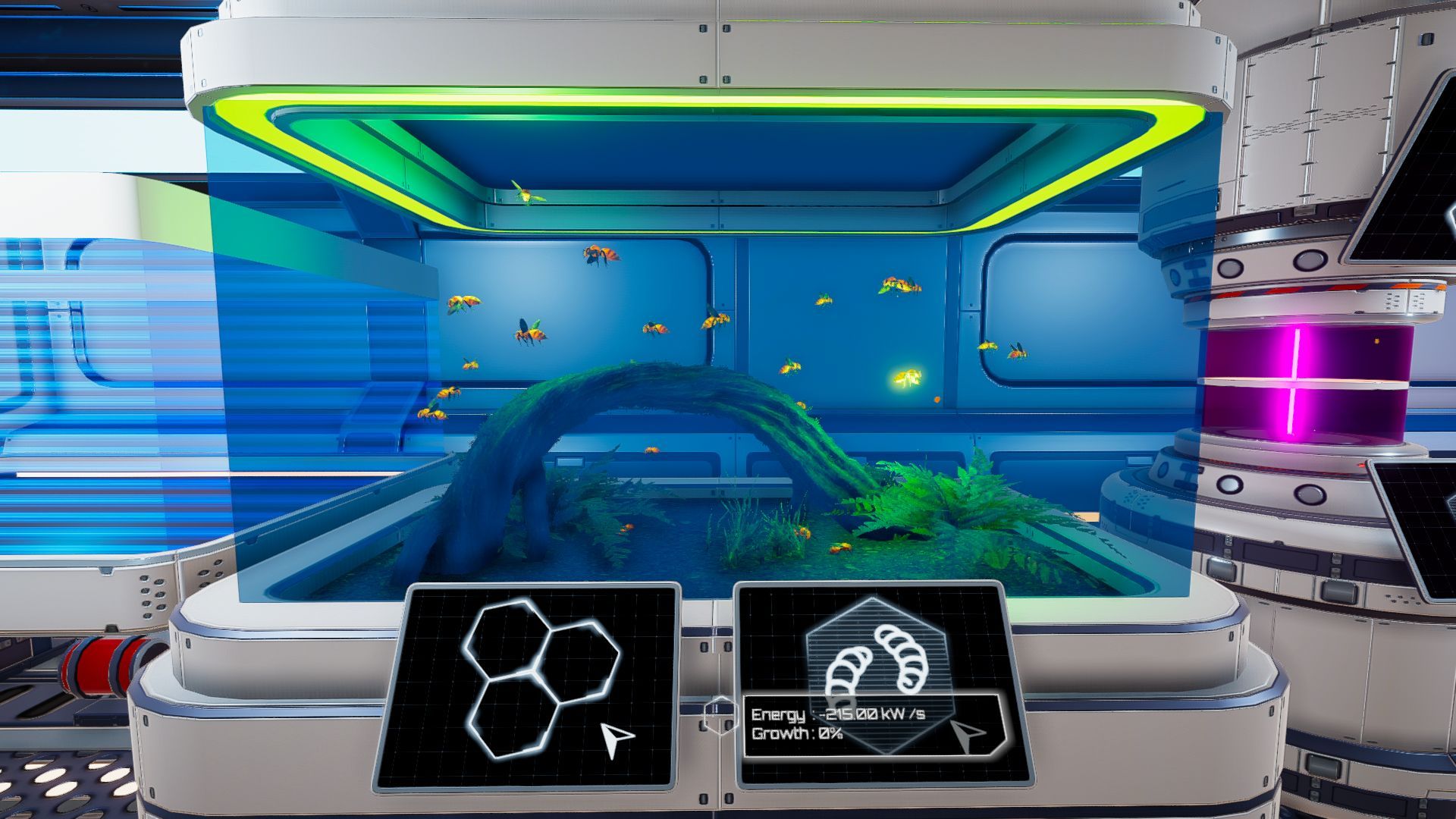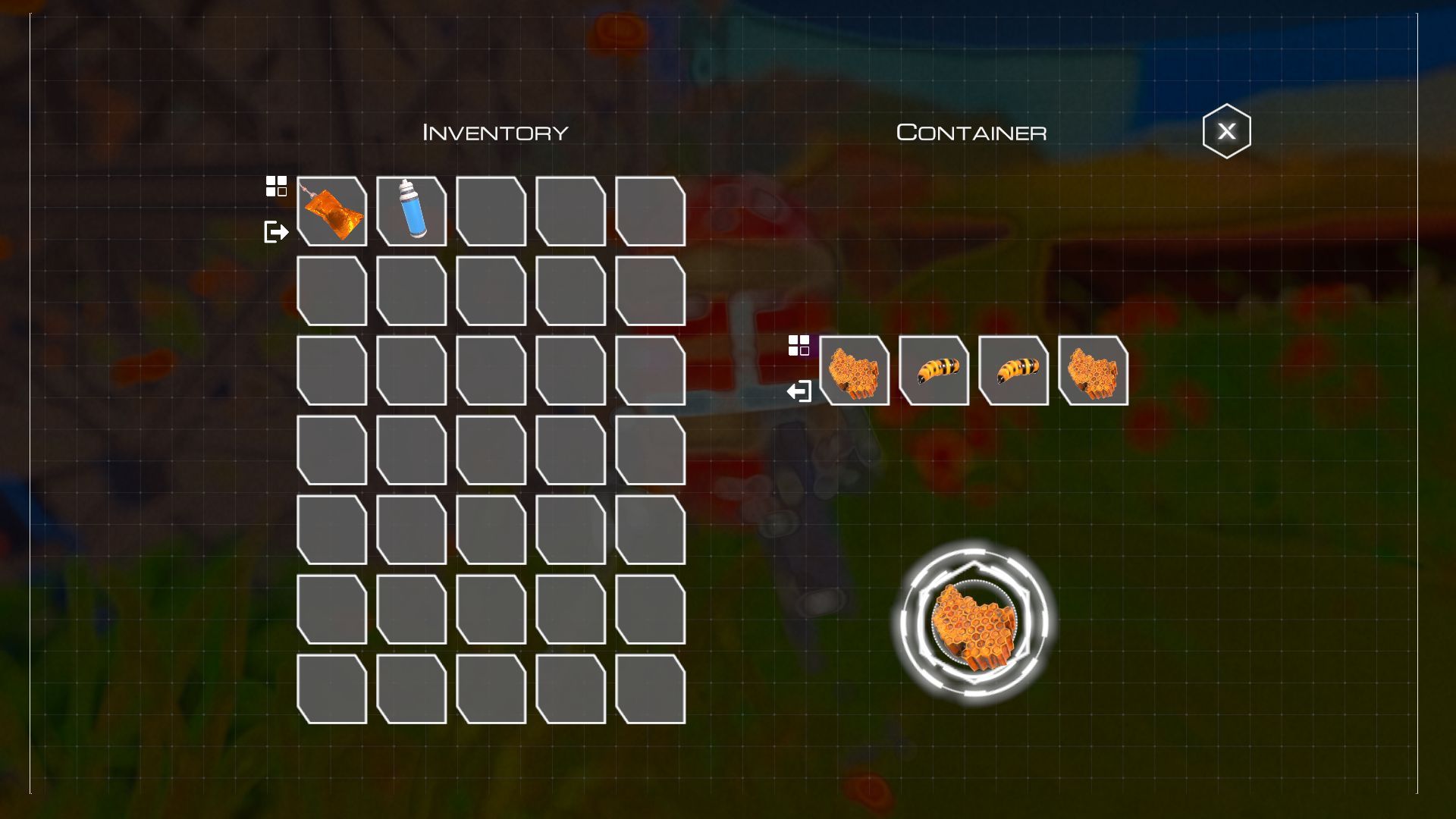Once the Insect stage begins in The Planet Crafter, players will discover a whole new resource: insect larvae. Not only do they need to learn how to find and collect them, players also need to figure out how to turn them into bee and butterfly larvae.
Bee larvae are particularly useful in The Planet Crafter. Not only are they used for beehives and outdoor farms, players eventually need three bee larvae at a time to build Insect Spreader Rockets. So how can players get their hands on all the bee larvae they'll eventually need?
Larva Collecting
Once the Insect stage begins, larvae will randomly start appearing. At first these appearances will be rare, but as the insect biomass starts to go up larvae will start to appear more and more often. They can appear on any surface, and in fact they can even appear inside the player's base.
One important factor to remember is that larvae will always appear somewhere close to the player. If a player wants a good selection of larvae to choose from, all they have to do is go outside and stand still for around 30-60 seconds. Another option is to walk around in a small circle and pick up every larva that appears.
For the most part, the larvae that appear will be generic common, uncommon, and rare larvae. Like the names suggest, common larvae appear the most often and rare larvae the least often. Players who want bee larvae should collect the uncommon larvae, which are the pale larvae with black tips.
The Incubator
The Incubator unlocks at 5 GTi, or a bit less than halfway into the Insect stage. This machine turns generic larvae into more useful varieties like silkworms, butterflies, and bees. Some of the insect recipes only unlock at additional milestones, but the recipe for bee larvae is available immediately. To see these recipes, players can click on the screen with three hexagons.
To use the Incubator, players should click on the screen showing two larvae and put a larva, fertilizer, and mutagen into the machine. They can then click "Research," and after a second click "Sequence." About a minute later the sequencing will finish and players will get a new larva.
Uncommon larvae can turn into either bee larvae or silkworms. Silkworms are useful for the Silk Generator machine, but if players get more silkworms than they want they don't have to get rid of them. Instead, every crafted larva can go into the Recycling Machine and be converted back into fertilizer, mutagen, and a generic larva. Players can then grab these items, put them back into the Incubator, and try again. A larva that became a silkworm can still become a bee, so keep trying even if silkworms keep coming out.
Beehives
Creating bee larvae one at a time is fine when setting up T1 Beehives and a couple Outdoor Farms, but Insect Spreader Rockets need three bee larvae each. Fortunately, by the time players unlock these rockets (biomass 17.7 kt) they should also unlock the Beehive T2 (insect biomass 225 tons).
This is good because the Beehive T2 is a reliable source of bee larvae. Not only does it have four container slots instead of one, it also produces bee larvae half the time instead of honey. This will help players who want to launch Insect Spreader Rockets, plus they make it much easier to set up new Outdoor Farms and Beehives.
The Planet Crafter is available in early access on PC.







